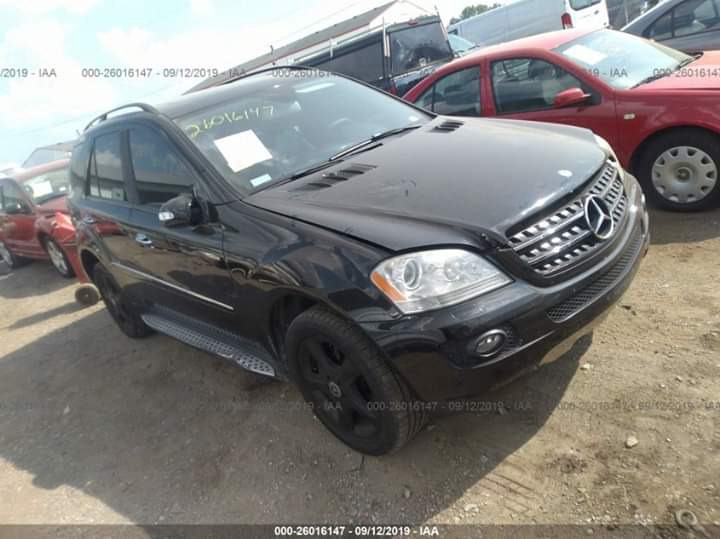1. Always request a test drive
It is the fundamental benefits of any second hand buyers. Don’t just rush into a choice by the car’s shinning or eye-catching appearance. A test drive should take quite long time because not all problems come up on the first try. More importantly, your feeling when driving does affect your choice. If it is not comfortable, and you fell something wrong like a weird smell, sound or light, walk away before there is no chance for giving it back.
Don’t just rush into a choice by the car’s shinning or eye-catching appearance
2. Opening the hood and checking carefully to find visual problems
Some will be obvious because dealers cannot hide, but most of the related-engine problems need to examine by mechanics.
3. Checking the oil level using a dipstick
an oil checking dipstick
In case the oil is dark, it means that the oil has not been changed for a long time
If the oil level is low, there are two possibilities: the engine is burning or oil is leaking. In case the oil is dark, it means that the oil has not been changed for a long while.
4. Checking the transmission dipstick.
If you see clearly the fluid is red or pink, this used car is still running well. In contrast, dark brown or burned smell is a warning to you that this car has problems.
5. Checking the battery
battery checking.
If the date code shows the battery is over 4 to 5 years old, it reaches the final limit
Batteries of some models provide a date code, looking for it. If the date code shows the battery is over 4 to 5 years old, it reaches the final limit. Plus, if you find severely corroded battery post or terminal, or the posts show signs of being jumped, this car may have a recent starting problem.
6. Reading the odometer
It tells you how many miles the used cars have been driven and you can consider your choice. But, low miles on the odometer doesn’t always equal a good car. Another criterion is depending on the type of cars. Highway cars will be better than short-haul cars since short-haul cars must stop and go all the time, it pushes the engine on and off too often, so it does bad for the engine. A 1000-mile highway car on the odometer, for example, is likely to have better engine condition compared to a 700-mile stop-and-go car driving in the city. One thing I want to emphasize that mileage on the odometer, even a digital odometer, can absolutely be rolled back to lower numbers. The reason is dealers know that lower mileages let the buyers rush into this car.
Low miles on the odometer doesn’t always equal a good car
7. Looking at the tires
Uneven wear usually indicates worn suspension parts that might be expensive to replace.
8. Turning on and off repeatedly to check whether the engines still work well or not
Checking from the smallest parts: turn signals, heater, wipers, lights, air conditioner, radio, power door locks, etc. Every problem you can find will be useful to down the deal. It’s all for your benefits.
9. Watching out for flood-damaged vehicles
Water could cause long-standing, financial issues with wiring and electronic modules
Water could cause long-standing, financial issues with electronic modules and wiring. Search for mud stains or water left on the carpet in the trunk, and under the hood and on door upholstery.
10. Taking a short test drive. It is vital to evaluate how the car engine is going
It is important that you as the driver and passengers feel right and comfortable. Does it start easily and quickly? When you accelerate, does it stumble? In addition, don’t forget checking brakes, steering, noise, systems. If you want to be a more careful test, turn off the radio when you starting to hear clearly the noise.
11. Inspecting light, wiper, in foster, radio, heater, power door, and other accessories
These systems are obvious to check with eyes without any specific knowledge requirement. Any problem you can find, it’s your base to negotiate the lower price. Don’t hesitate to bargain.

 Football1 week ago
Football1 week ago
 Health & Fitness2 days ago
Health & Fitness2 days ago
 Comments and Issues1 week ago
Comments and Issues1 week ago
 Featured6 days ago
Featured6 days ago
 Education7 days ago
Education7 days ago
 Business7 days ago
Business7 days ago
 Business6 days ago
Business6 days ago
 Crime7 days ago
Crime7 days ago

